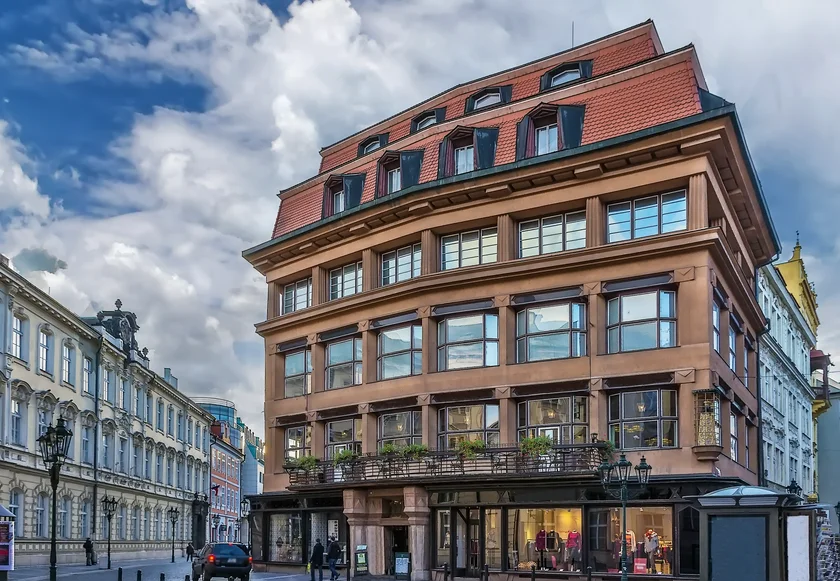While many associate the Cubist movement with the fractured women of Picasso's canvasses, Czech "kubismus" uniquely channels the bold and dynamic angles of Cubist tradition into everyday objects, furniture, and even architectural designs.
In Prague, the Museum of Decorative Arts is the guardian of the country's Cubist legacy, housing a permanent exhibit devoted to the movement across two floors of Prague's first Cubist building: The House at the Black Madonna, which was built in 1912 during the heyday of Czech Cubism.
PARTNER ARTICLE
The museum is currently adding to its collection with over a hundred newly acquired Cubist artifacts from a private collection going on display from Oct. 19.
This collection, curated by the Czech Cubism Foundation, represents a significant addition to the museum's portfolio, featuring 14 furniture ensembles comprising 59 items and an additional 65 sets of ceramic, metal, and glass works totaling over 160 pieces.

The new works encompass some of the most prominent figures in the Cubist movement, including Vlastislav Hofman, Josef Gočár, and Pavel Janák, among others. "The Cubist artifacts exemplify unique and highly valuable specimens of Czech design from the early 20th century," the museum writes in a press release.
Czech Cubism: Unparalleled in the world
Czech Cubism, which flourished particularly in the years 1910-1914, was distinctive in its transformation of architecture, furniture design, and utilitarian items made of ceramics, metals, and glass. Czech Cubist architecture and design from this era remain unparalleled in the world, representing a unique chapter in Czech art history.
The Cubist collection at the Museum of Decorative Arts began taking shape in the 1950s, initially through contributions from the artists themselves or their patrons. Over time, it grew through gifts and acquisitions, culminating in a comprehensive collection that was first recognized and showcased in the 1976 exhibition Czech Cubist Interiors.
The 1990s saw a surge in interest in Cubism, particularly in its architectural and design expressions, and its specifics were shown to international audiences through comprehensive exhibits in Prague at the Castle's Riding School and in Düsseldorf.

International exhibits including one at the Vitra Design Museum in Weil am Rhein in 1991 and Vienna in 2009, garnered significant acclaim, connecting Czech Cubist creations with the broader European art context.
As the art market and interest in collecting Cubist objects grew, Cubist furniture items, unlike other modern 20th-century applied art pieces, were produced as custom-made singular works, making the preserved examples highly sought-after rarities.
The new artifacts include a vanity table, numerous porcelain vases and servingware, a Cubist clock and end table as well as vintage posters advertising Czech Cubism around the world.
The museum is preparing to reopen another significant Cubist site in the second half of 2024, the Bauer Villa in Libodřice.
Designed by Josef Gočar, it was built for the Adolf Bauer family in 1912 and confiscated as Jewish property in the 1940s. Restored by the foundation in 2002, it is considered a purer form of Cubism than Gočar's better-known buildings (including the House at the Black Madonna) with its distinctive facade and articulated windows.












 Reading time: 2 minutes
Reading time: 2 minutes 























